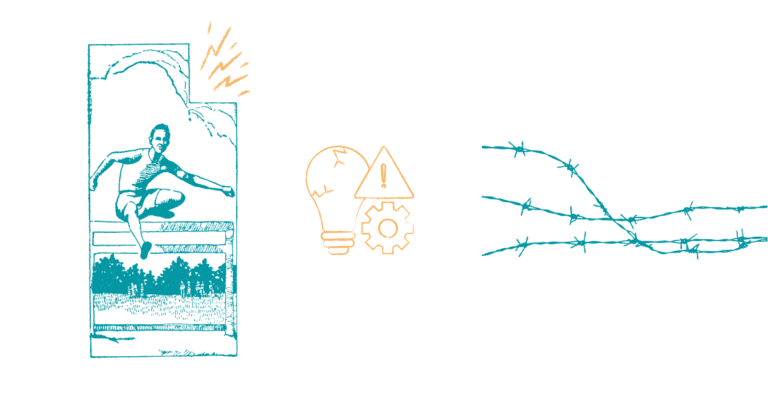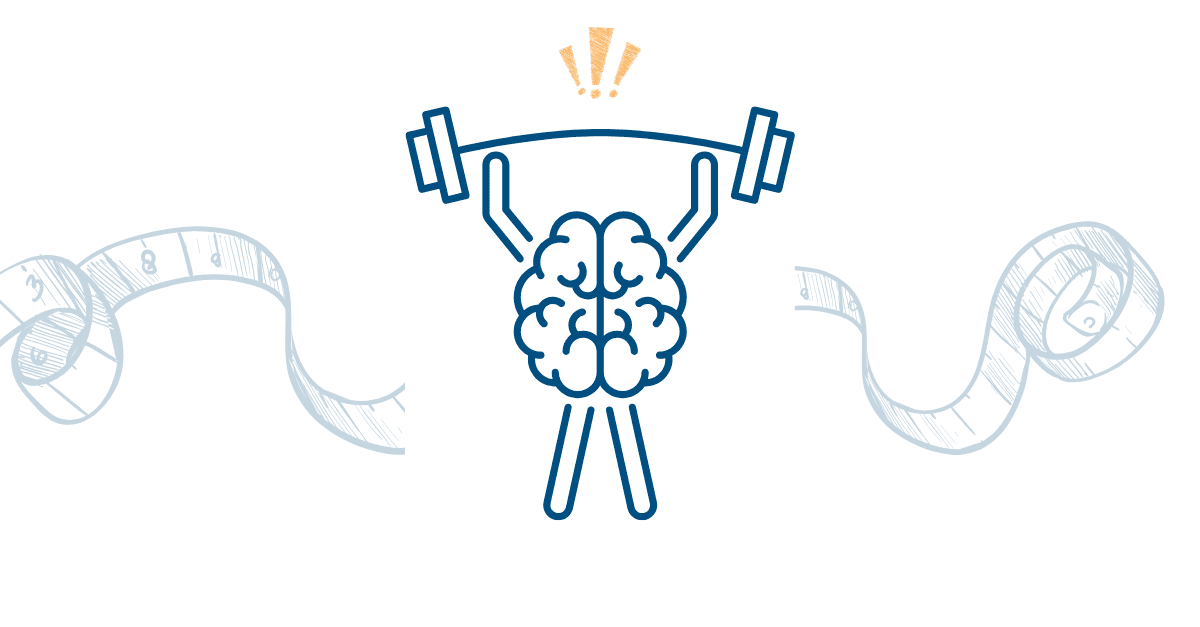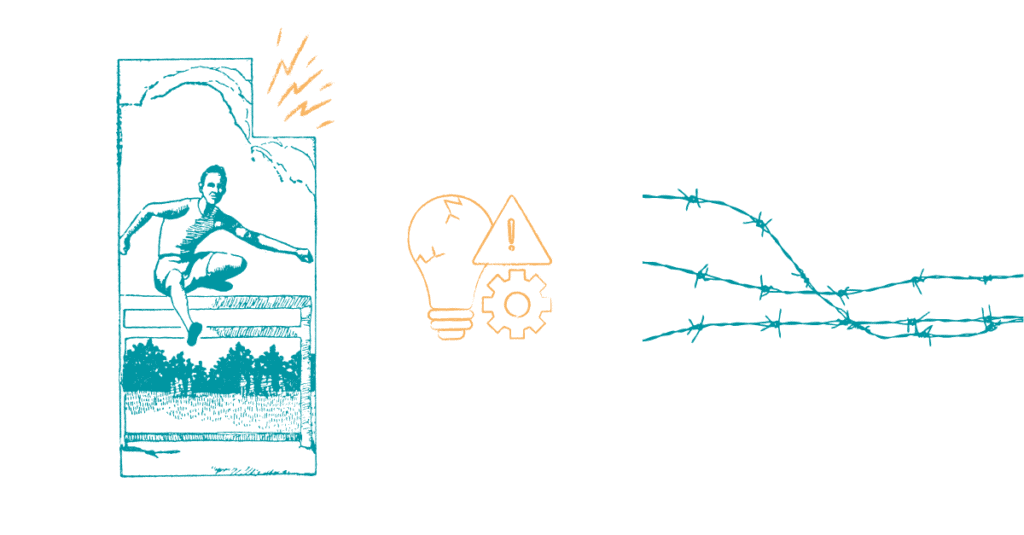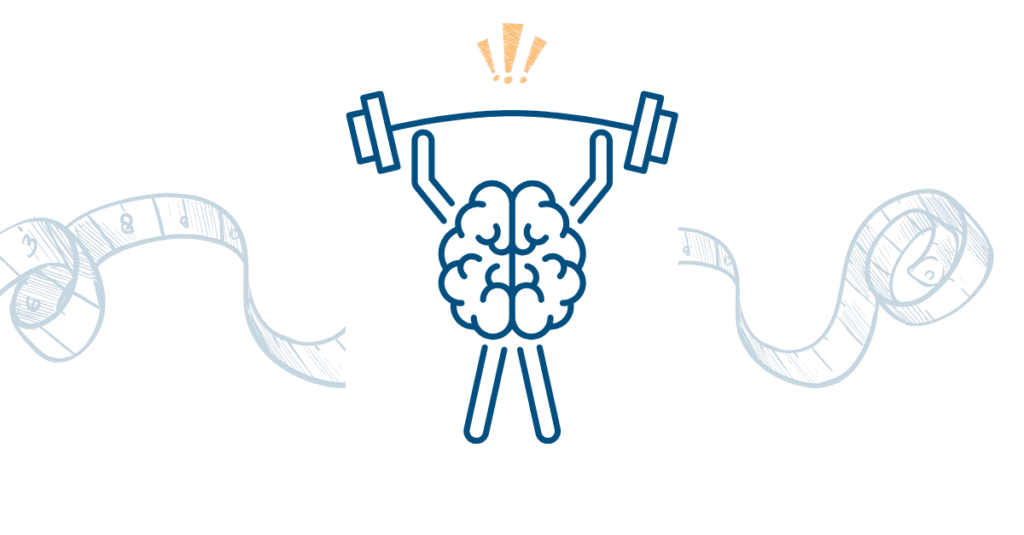Standard training courses are not enough anymore: if you want to develop leadership in a truly sustainable and future-proof way, you need formats that suit your company. Why tailor-made leadership training courses are the best option for bringing about significant change – and what really matters in this context.
Why leadership development must be individualized today
Leadership expectations are shifting fast. New technologies, hybrid work, and increasing complexity demand not just new skills, but new mindsets. Yet many leadership programs remain stuck in the past.
Instead of engaging with organizational context, they rely on standardized modules. The result? Leaders feel disconnected and learning rarely translates into practice.
Where traditional training falls short
Classic programs tend to provide one-size-fits-all content – communication models, decision-making tools, or teamwork methods. They’re designed for an abstract “ideal leader” rather than real people facing unique challenges.
But leadership is shaped by context:
- Industry and culture
- Leadership philosophy and company size
- Digital maturity and organizational realities
What works in a startup may completely miss the mark in an established industrial firm.
Tailored training adapts to context – not the other way around
A strong leadership program recognizes that every organization speaks its own language. It doesn’t just ask “What should leaders learn?” but “What do they need to thrive in this system?”
The difference isn’t in the quantity of content – but in its relevance.
Tailored programs are more precise, practical, and sustainable. They deliver true development where standard training only provides information.

What is “tailored leadership training”?
Individual, not interchangeable
Tailored leadership training is not a predesigned module, fixed curriculum, or generic slide deck. Instead, it’s a format built around your organization in terms of content, methods, and culture.
A tailored leadership program is a custom-designed learning format that addresses the specific challenges, audiences, and transformation goals of an organization.
What tailored programs are not:
- A rigid methods course with a fixed agenda
- A one-off event without follow-through
- A “one-size-fits-all” solution for all leadership levels
What they are:
- Contextual: Adapted to organizational culture, leadership environment, and individual leadership styles
- Co-created: Developed with HR, stakeholders, and often the leaders themselves
- Strategically embedded: Seen as a lever for organizational and cultural development, not just an isolated skillset
Why do traditional leadership programs fall short?
When standardization gets in the way
Leadership today is not a static craft but a dynamic balance of mindset, responsibility, and context. Yet many traditional programs treat it like a toolbox: insert methods, expect results.
The problem: they overlook the very factors that make leadership effective.
Common pitfalls of traditional training
- Ignoring leadership levels. The needs of a team leader differ from those of an executive – yet many programs blur these distinctions.
- Overlooking culture. Leadership in a family-owned business is different from leadership in a multinational tech firm. Generic formats rarely capture this.
- Focusing on behavior, not systems. Checklists and techniques are not enough for leaders making decisions in complex systems. Reflection and systems thinking are essential.
- Stopping too soon. Learning often ends with the seminar, without ensuring transfer into everyday leadership.
Regularly receive exclusive thought leadership and practical tools on the topics of digital evolution, cultural change, sustainability, resilience, mindfulness and the design of new working environments.
The hallmarks of a tailored leadership program
Customized programs are designed around people, teams, and organizational context. They begin with a clear diagnosis, use real cases, and build in transfer to daily practice.
Six principles that make the difference
- Diagnosis before design
Start with understanding:- Where does the company stand?
- What challenges do leaders face now?
- What are the real goals of the program?
- Where does the company stand?
- Tools like readiness checks, interviews, or focus groups ensure a precise starting point.
- Context matters
A tailored program takes into account:- Industry specifics
- Communication culture
- Leadership philosophy and values
- Technological maturity and ambitions
- Industry specifics
- Co-creation, not top-down design
Effective programs are developed collaboratively – involving HR, executives, trainers, and often participants. This fosters relevance, ownership, and stronger impact. - Real cases, not theory
Leaders work on actual decision-making situations from their daily practice. This ensures immediate applicability and real insights. - Designed for transfer
Tailored training goes beyond the classroom:- How will learning show up in daily leadership?
- How will teams notice the difference?
- What structures and incentives support transfer?
- How will learning show up in daily leadership?
The result: sustainable growth, not a one-off boost.
Leadership training should not be based on which method is currently in vogue. It must be geared toward the people who lead, the teams that work together, and the organizations in which all of this takes place.
Michael Pohl, New Leadership Expert, Founder & Managing Director @triangility

8 typical obstacles to AI transformation – and how leaders can fix them
Key questions tailored programs should address
Relevance doesn’t come from content alone – it comes from asking the right questions. Tailored programs translate strategic challenges into development journeys.
Typical guiding questions include:
- What are the biggest current challenges for our leaders?
– Is it about change, growth, innovation, or stability? - Where are we in terms of digital, cultural, and organizational transformation?
– How does this affect leadership roles and mindsets? - How do we define “good leadership” in our company – and what needs to evolve?
- What do our teams need – emotionally, structurally, strategically?
- How can learning be embedded into our culture?
– How does it connect to strategy, HR, or organizational development?
These questions ensure training isn’t designed on a whiteboard but grounded in reality.
Why tailored training drives impact
Relevance drives results
While standardized programs often fade quickly, customized formats create sustainable change.
Five reasons why customization works:
- Higher relevance = stronger motivation
Leaders engage with topics that directly affect them. - Co-creation = stronger ownership
Those who shape the program are more likely to apply it. - Real cases = better transfer
Learning connects directly to daily leadership challenges. - Cultural alignment = higher acceptance
Programs fit the organization’s language and culture. - Systemic approach = lasting impact
Learning cascades from individuals into teams and structures.
Making it work in practice
Tailored training doesn’t follow a rigid script but relies on clear principles:
- Real needs analysis before design
- Collaborative program development
- Flexible, reflective delivery
- Anchoring in everyday work (e.g., peer groups, follow-ups)
- Measurable outcomes that go beyond feedback sheets
Conclusion: Tailor-made trainings offer practical experience
The demands on leadership are changing—and with them, the challenges of developing leaders. Standardized training programs often fall short because they ignore context, overlook culture, and focus on short-term knowledge transfer.
Customized training takes a different approach:
It is individualized, practical, and strategically embedded. It asks the relevant questions—and creates the right spaces to develop answers.

Leverage artificial intelligence with our AI for managers training







